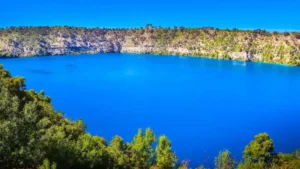Bahuda Yatra is the 7th day of the grand Rath Yatra festival held in Puri, Odisha. It marks the return journey of Lord Jagannath, Balabhadra and Subhadra from the Gundicha Temple back to their main temple, the Jagannath Temple. In 2025, Bahuda Yatra will take place on July 5th. The event is filled with joy, devotion and several beautiful rituals.
What is Bahuda Yatra?
”Bahuda” means ”return.” After staying at the Gundicha Temple (their aunt’s house) for nine days, the three deities begin their journey back home to the Jagannath Temple. This return trip is known as Bahuda Yatra.
Date of Bahuda Yatra 2025
This year, Bahuda Yatra falls on Saturday, July 5, 2025. It is celebrated with great devotion by lakhs of people in and around Puri.
Morning Rituals – Pahandi Bije
On the morning of Bahuda Yatra, the day begins with prayers and the Pahandi Bije ceremony. In this ritual, the idols of the three deities are brought out of the Gundicha Temple in a grand procession and placed on their chariots.
Chariots Begin the Return Journey
Once the deities are seated on their chariots, devotees pull the huge wooden chariots back toward the main temple. This journey is full of singing, chanting and dancing.
Stop at Mausi Maa Temple
On the way, the chariots stop at the Mausi Maa Temple, which is dedicated to Goddess Ardhasini. Here, the deities are offered Poda Pitha, a traditional pancake made especially for this occasion.
Why is Bahuda Yatra Important?
Bahuda Yatra is very special because it shows the return of the deities to their original home after visiting their aunt’s place. It also reminds devotees of the love, hospitality and family bonding shown during this journey.
Next Day – Suna Besha
On the day after Bahuda Yatra, the deities are dressed in golden ornaments. This is called Suna Besha and it is a grand sight that draws large crowds.
Final Ritual – Niladri Bije
The last part of the Rath Yatra festival is called Niladri Bije, when the deities finally re-enter the sanctum sanctorum of the Jagannath Temple. This marks the end of the Rath Yatra.



 Which Lake is known as the Lake of Tears...
Which Lake is known as the Lake of Tears...
 International Volunteer Day 2025: “Every...
International Volunteer Day 2025: “Every...
 World Soil Day 2025: Focusing on "Health...
World Soil Day 2025: Focusing on "Health...







